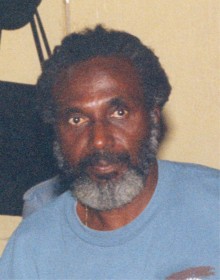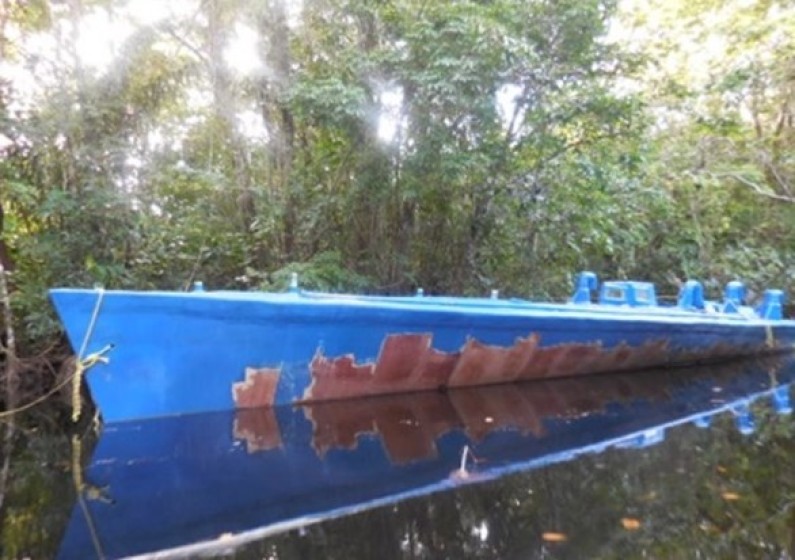seignet posted:.Yuh c since Granger victory, Black folks say alot nonsense. .
Prejudice people have wrong notions.
The Bajan woman never lived in Guyana so she really isn't a position to argue with the black Guyanese woman. Having some neighbors in NYC, or even Barbados is a whole different story to living in Guyana under an elected Indo dictatorship. With this group having its para militias eager to wipe out any who they considered a threat.
Any case there are loads of Bajans who say otherwise, and state their opposition to more Guyanese Indians arriving with their alleged racist attitudes towards blacks.
Their view being that they already have to deal with Bajan white racists, and they had no need to have their maids, and gardeners also having that attitude towards blacks.
Now that the scourge of the PPP has gone, blacks can finally breathe free and tell the truth.
Just as you all were able to tell the truth when the PPP won. Before that some Indians were telling some black people that they wished that they could also be black. A blatant lie, and only a reflection of their fear under an African dictatorship.
Well now that blacks no longer have to fear Jagdeo's goons squads they can say what they really think.





